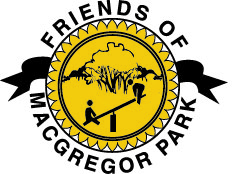The land on which the Palms Center was built is located in the City of Houston, Harris County, Texas. This part of Texas was first populated by Native Americans — the Karankawa along the coast and the Hasinai and Caddoan tribes in the eastern piney woods — before European explorers from Spain and France arrived on these shores in the 1500s. That brief foray into this territory was followed by several hundred years of little activity; after Spanish and French colonists began to arrive in the mid-17th century, the native tribes were gradually eradicated or, in some cases, relocated inland along with the early Spanish Catholic missions.
What is now the State of Texas was variously claimed by Spain, France, and the nascent United States of America. The first permanent colony was established in Texas by Stephen F. Austin, who recruited 300 families, mostly from the American Middle South, to emigrate to Texas in 1824. The lands granted to these colonists, who were known as The Old Three Hundred, were generally located along waterways, such as the Brazos, San Bernard, and Colorado Rivers.2 Heads of households who (like Moore) had arrived in Texas before March 2, 1836, could claim one league and one labor of land — a total of about 4,600 acres.3 This allowed the colonist to have a house in town (the labor) as well as farm or pasture land (the league).
One of the 300 colonists, Luke Moore, located the claim for his league of land along Bray’s Bayou
in what is now Harris County. Moore died in 1837, and the land was sold by his estate in 1838.4
The Luke Moore League was surveyed in 1838 by H. Trott in two sections, referred to as the East
Half and West Half, a division that has carried through to present day maps. Each Half measures
5,000 varas (bars) long and 2,500 varas wide.5 The original survey maps6 show that the East Half
was platted into a grid of 18 generally rectangular sections: 11 123-acre sections, three 156.5-acre sections, and four measuring 134.8 acres, 144.3 acres, 140.5 acres, and one labor, respectively. The West Half is also divided into 18 sections, but their shape and area varies; they range in size from 84 to 210 acres and, where applicable, use the Bayou as a boundary. This plat is still in use today, and MacGregor Park now occupies part of Lots 17 and 18 in the West Half and part of Lot 10 in the East Half.
